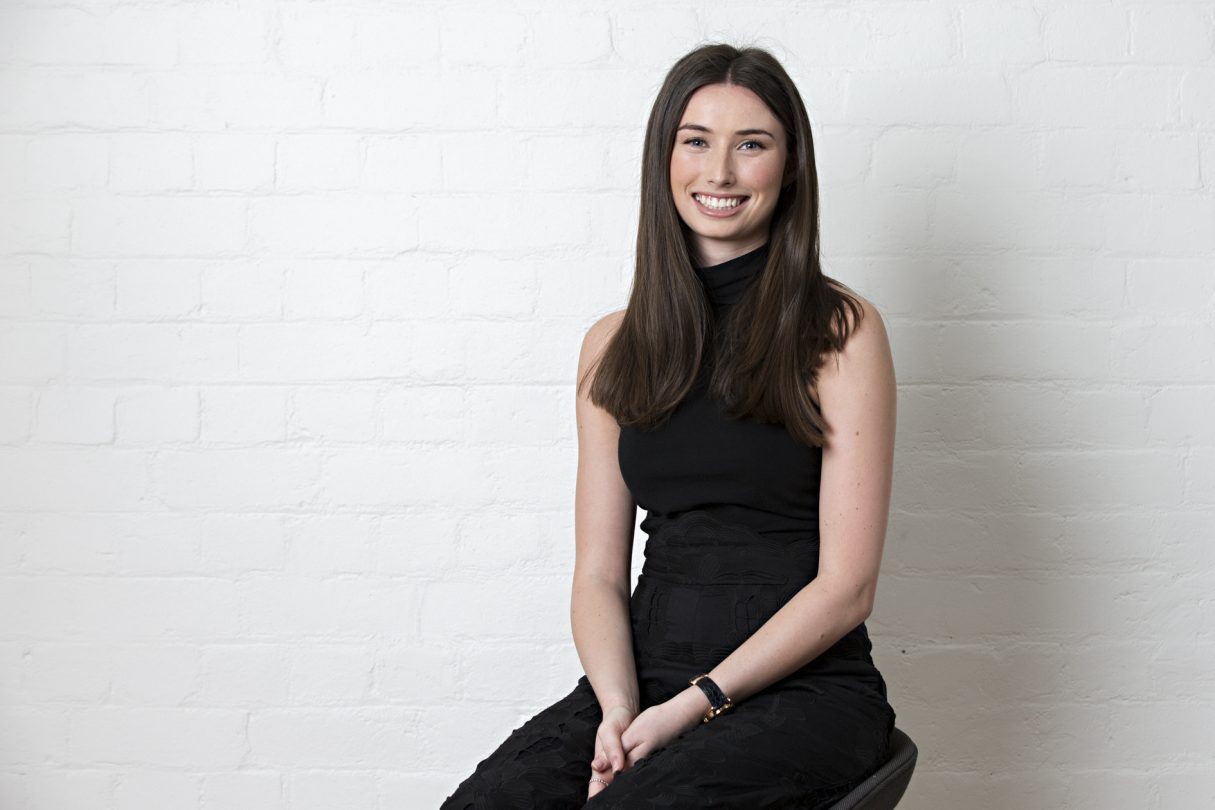Rachael Halstead: Stories of 2017

This is the fifth reflection of our Conversations: Stories of 2017 series. Rachael Halstead is a Student Architect based in our Melbourne studio. Rachel is finalising her Masters at Monash University, where she’s focused on the environmental and social impact of urban areas and architecture.
An unexpected result of working and studying in tandem throughout 2017 has been the ability to examine the AEC industry as it currently operates, and apply what I’m learning at work to my academic studies.
I am fascinated by the impacts our homes, neighbourhoods, towns, and cities have on our lives and how we can design and engineer our surroundings to enhance these impacts.
I’ve built on my learnings at Cox to inform the penultimate year of my Master’s degree, exploring social, environmental and economic sustainability in Australia’s residential industry.
These interests stem from my experiences as a student at Cox over the last few years, where I work on a range of projects across different architectural and urban typologies, including the high density residential sector.
Currently, the standard residential product in the local market leaves space for socially sustainable models of living. The competitive nature of the Australian urban housing market alone is enough to drive us to seek alternatives; alternative locations, economic options, communities and types of dwellings.
And so, I focused my studies on the simple fact that Australians are moving towards an increasingly physically and emotionally isolating existence. With terms such as ‘the loneliness epidemic’ becoming widely published, there’s a growing demand, and growing research, to support the idea that we want (and need) better housing options. Paired with an aging population and an increasingly unaffordable property market, innovation in housing becomes a clear way forward.
Although theoretical, my study and final project arrived at a co-living solution that allowed residents to buy in at a lower apartment price due to the combination of all latent utility spaces around the home. the impacts of these kinds of community housing models are multilayered, combatting housing affordability, social isolation, and wider environmental benefits of smaller dwellings sizes.
With one year left at university, I’m looking forward to continuing my dual education experience at Cox and in my studies in 2018. The social, environmental, economic impacts of our profession will continue to be a major theme in my work, and I hope to continue to challenge ingrained approaches to designing our urban environments.
